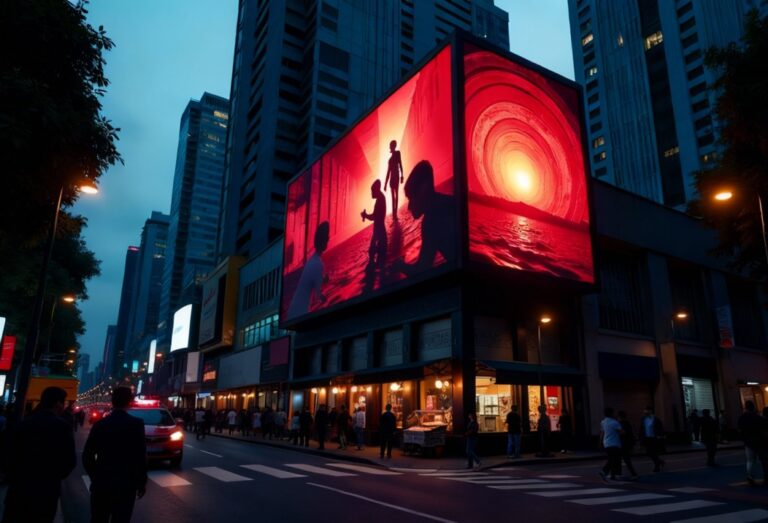Botox injections have become a valuable tool not only in cosmetic treatments but also in physical therapy and rehabilitation. Patients undergoing muscle rehabilitation increasingly seek Botox injections in Dubai(حقن البوتوكس في دبي) to assist with muscle relaxation, reduce spasticity, and improve mobility. This approach enhances the effectiveness of physical therapy by targeting muscle stiffness and involuntary contractions that often hinder recovery.
Understanding Botox’s Role in Muscle Relaxation:
Botox, or Botulinum toxin type A, works by blocking nerve signals to muscles, resulting in temporary muscle relaxation. This property makes it highly useful in managing conditions characterized by muscle hyperactivity.
Mechanism of action:
-
Inhibits acetylcholine release at the neuromuscular junction
-
Reduces involuntary muscle contractions and spasticity
-
Allows muscles to relax and lengthen, facilitating therapeutic exercises
Botox creates an optimal window for physical therapy by decreasing resistance caused by tight muscles.
Conditions Benefiting from Botox in Physical Therapy:
Physical therapists use Botox to improve outcomes in a range of neuromuscular disorders.
Common conditions treated include:
-
Stroke-related spasticity
-
Cerebral palsy muscle stiffness
-
Multiple sclerosis-related muscle tightness
-
Post-traumatic muscle contractures
-
Dystonia and focal muscle spasms
By targeting specific muscles, Botox enables better movement control and pain reduction.
How Botox Enhances Rehabilitation Outcomes:
Incorporating Botox into rehab plans offers several advantages for patients and therapists alike.
Benefits of Botox-assisted therapy:
-
Increased joint range of motion due to muscle relaxation
-
Improved effectiveness of stretching and strengthening exercises
-
Reduced pain and discomfort during therapy
-
Decreased risk of muscle contractures and deformities
-
Enhanced patient participation and motivation
These benefits accelerate recovery timelines and improve overall functional independence.
Botox Injections in Dubai: Quality Care for Rehab Patients:
Dubai is emerging as a leading destination for advanced rehabilitation therapies. Clinics offering Botox injections in Dubai combine cutting-edge medical expertise with comprehensive physical therapy programs.
Why choose Dubai for Botox-assisted rehab:
-
Access to multidisciplinary teams including neurologists, physiotherapists, and rehab specialists
-
Use of approved, high-quality Botox products
-
Personalized treatment plans tailored to individual needs
-
State-of-the-art rehabilitation centers with modern equipment
This integrated approach ensures safe and effective treatment for patients requiring muscle relaxation.
What to Expect During Botox Treatment in Rehab:
Understanding the treatment process helps patients feel comfortable and prepared.
Procedure steps:
-
Detailed assessment by a neurologist or physiatrist to identify spastic muscles
-
Targeted Botox injections administered using precise techniques, sometimes guided by electromyography (EMG) or ultrasound
-
Minimal discomfort during injections, typically completed within 15 to 30 minutes
-
Follow-up physical therapy sessions tailored to maximize muscle function and recovery
Most patients begin to notice muscle relaxation within a few days, with effects lasting 3 to 6 months.
Combining Botox with Physical Therapy Modalities:
Botox injections(حقن البوتوكس) works best when integrated into a comprehensive rehab plan.
Common complementary therapies:
-
Stretching and range-of-motion exercises: To maintain flexibility and prevent contractures
-
Strengthening exercises: To build muscle balance around affected joints
-
Neuromuscular re-education: To improve motor control and coordination
-
Occupational therapy: To enhance daily living skills and independence
The synergy between Botox and these therapies leads to superior functional outcomes.
Safety and Side Effects in Rehab Use:
Botox is generally safe when administered by trained healthcare professionals. Side effects in rehabilitation settings are rare but can include:
-
Localized pain or bruising at injection sites
-
Temporary weakness in treated muscles beyond the target area
-
Flu-like symptoms in some patients
Proper dosing and technique minimize these risks, ensuring patient safety.
Who Should Consider Botox for Physical Therapy?:
Botox is suitable for patients struggling with muscle spasticity that limits movement and function.
Ideal candidates include:
-
Individuals recovering from neurological injuries such as stroke or spinal cord injury
-
Children and adults with cerebral palsy seeking improved mobility
-
Patients with multiple sclerosis experiencing muscle stiffness
-
Those with focal dystonia or muscle contractures interfering with rehab
A thorough evaluation by a rehabilitation specialist is essential to determine candidacy.
The Future of Botox in Rehabilitation Medicine:
Research continues to expand Botox’s applications in rehab, including potential roles in pain management and muscle conditioning.
Emerging trends:
-
Use in combination with robotic-assisted therapy and functional electrical stimulation
-
Investigation into Botox’s effects on chronic musculoskeletal pain
-
Enhanced delivery techniques for improved targeting and efficacy
As evidence grows, Botox’s role in rehabilitation is likely to become more prominent and sophisticated.
Final Thoughts:
Botox injections represent a powerful adjunct to physical therapy, offering patients relief from muscle spasticity and improved functional outcomes. In places like Dubai, where Botox injections are performed by highly skilled practitioners within multidisciplinary rehab teams, patients benefit from innovative, holistic care.
For those facing challenges in mobility and muscle control, Botox-assisted physical therapy may be the key to unlocking a smoother, more effective rehabilitation journey.




